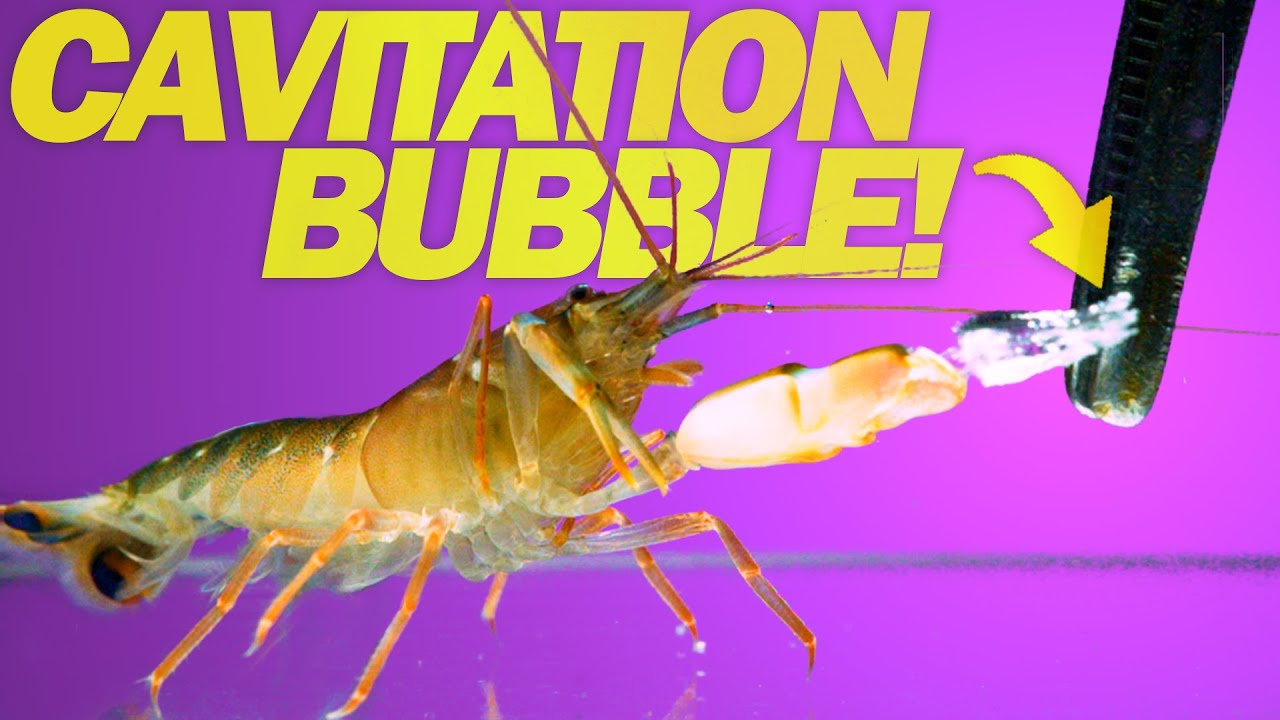Wikipedia has this to say about the snapping action of the snapping shrimp, Alpheus heterochaelis:
The snapping shrimp competes with much larger animals such as the sperm whale and beluga whale for the title of loudest animal in the sea. The animal snaps a specialized claw shut to create a cavitation bubble that generates acoustic pressures of up to 80 kilopascals (12 psi) at a distance of 4 cm from the claw. As it ejects from the claw, the bubble reaches speeds of 100 km/h (62 mph). The pressure is high enough to kill small fish. It corresponds to a peak pressure level of 218 decibels relative to one micropascal (dB re 1 μPa), equivalent to a zero to peak source level of 190 dB re 1 μPa m. Au and Banks measured peak to peak source levels between 185 and 190 dB re 1 μPa m, depending on the size of the claw. Similar values are reported by Ferguson and Cleary. The duration of the click is less than 1 millisecond.
The snap can also produce sonoluminescence from the collapsing cavitation bubble. As it collapses, the cavitation bubble emits a short flash of light with a broad spectrum. If the light were of thermal origin it would require a temperature of the emitter of over 5,000 K (4,700 °C). In comparison, the surface temperature of the sun is estimated to be around 5,772 K (5,500 °C). The light is of lower intensity than the light produced by typical sonoluminescence and is not visible to the naked eye. It is most likely a by-product of the shock wave with no biological significance. However, it was the first known instance of an animal producing light by this effect. It has subsequently been discovered that another group of crustaceans, the mantis shrimp, contains species whose club-like forelimbs can strike so quickly and with such force as to induce sonoluminescent cavitation bubbles upon impact.
The snapping is used for hunting (hence the alternative name “pistol shrimp”), as well as for communication. When hunting, the shrimp usually lies in an obscured spot, such as a burrow. The shrimp then extends its antennae outwards to determine if any fish are passing by. Once it feels movement, the shrimp inches out of its hiding place, pulls back its claw, and releases a “shot” which stuns the prey; the shrimp then pulls it to the burrow and feeds on it.
